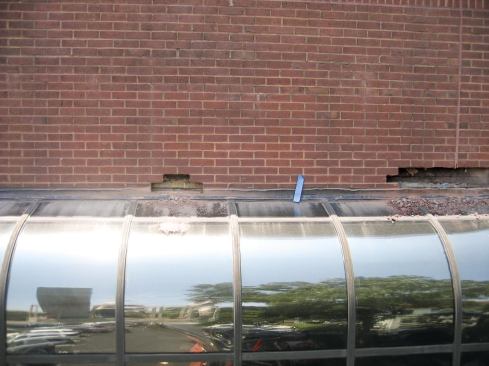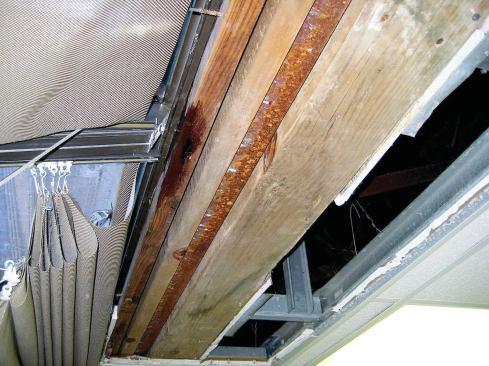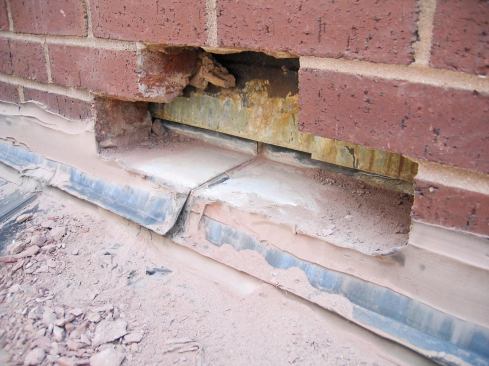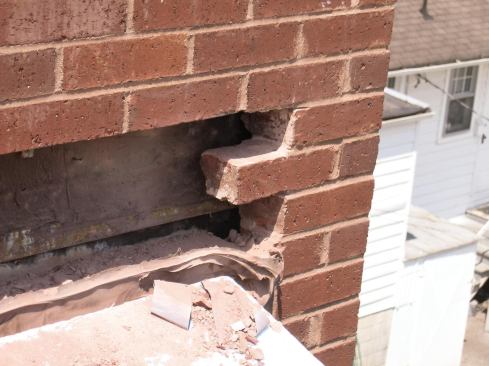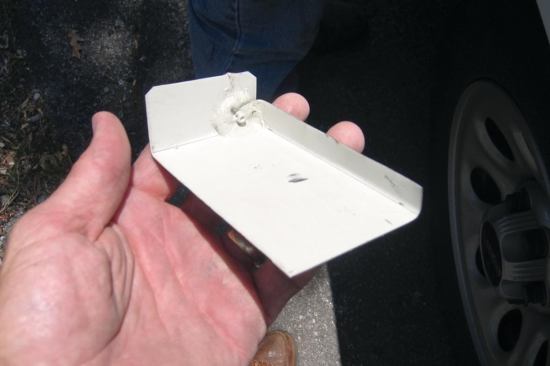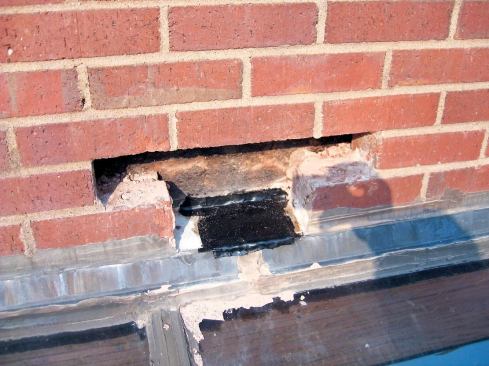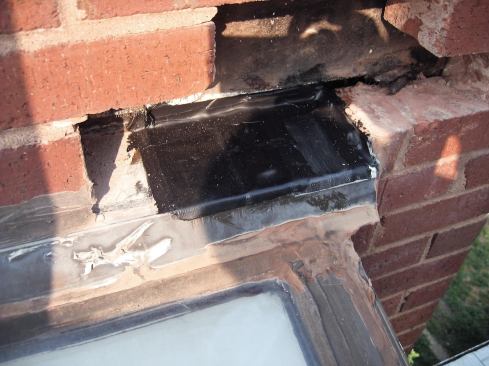Weep Holes
© McCampbell & Associates
The offices under this curved glass roof had been getting wet fo…
When inspecting leaky brick homes, I often note that there are no weep holes, or that they are in odd locations. Contractors, when pressed on the issue, may insist that there are indeed through-wall flashings behind the brick, though at this point I have my doubts. Sometimes I’ll find head joints that have been drilled out after the fact to provide weeps. In that case, even if there were flashings in the wall, there’s a good chance that they would now have holes.
At this point, destructive inspection is justified, and I typically find that the so-called weep holes serve no function other than to placate a building official or home inspector.
For through-wall flashings to work their best, there should be weep holes to allow the water out. The Brick Industry Association — my preferred source for details on the correct way to install brick veneer — recommends leaving an open head joint every 24 inches. The IRC allows for weep holes that are as small as 3/16-inch in diameter, every 33 inches immediately above the flashing.
On the other hand, even if there are no weep holes but there is a proper through-wall flashing that terminates on the face of the wall, the collected water will eventually evaporate or get out through the tiny cracks in the mortar before it can damage the framing.
Ties That Bind
Brick ties, another code requirement, also seem to be regarded as optional. There have been many cases where entire brick walls have collapsed — sometimes even on two-story homes. High winds can strip poorly tied brick veneer from the frame. Ties not only hold the brick in place; they also transfer lateral loads in both wind and seismic events. Omitting ties goes well beyond just being sloppy — it’s a life-safety issue.
Besides using enough ties, it’s also important to embed them properly so that the wall acts as a diaphragm, not just a stack of bricks hoping to stay in place.
As the photos on this page show, it is actually possible to get a workmanlike brick veneer job, but it takes a mason who cares and a knowledgeable contractor willing to supervise and address the details. Given that combination, the brickwork should protect the structure indefinitely.
Harrison McCampbell is a consulting forensic architect in Brentwood, Tenn., specializing in moisture-related construction defects. You can find him online at MCA4N6.com.
